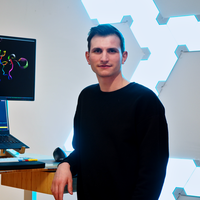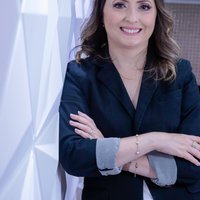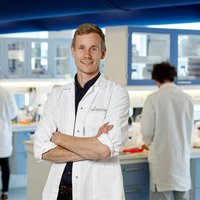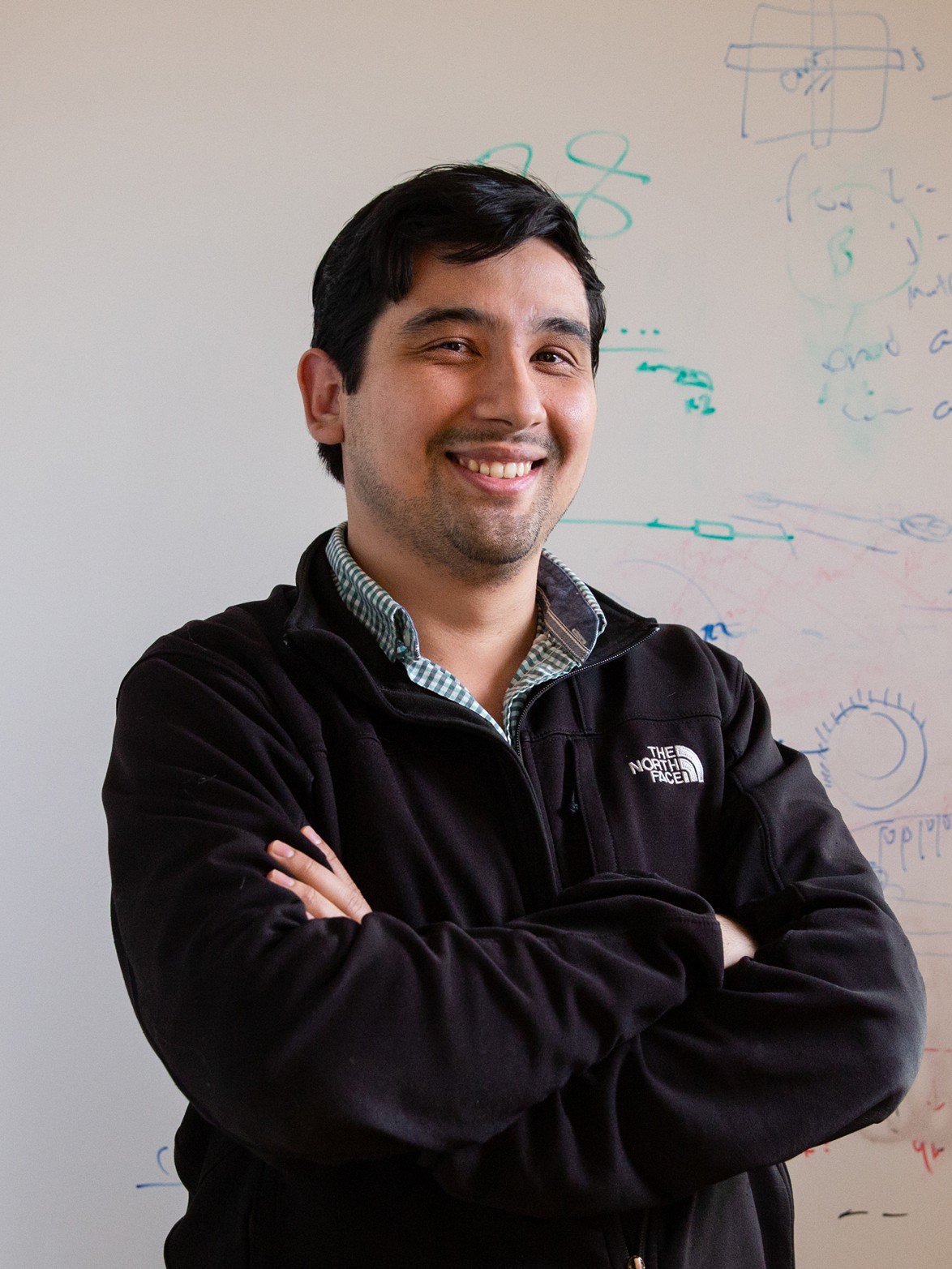Biotechnology & medicine
Jason Buenrostro
A tinkerer figures out how to tell which genes are active inside a cell

Europe
Mark Fingerhuth
He uses quantum algorithms and artificial intelligence to analyze appropriate proteins in order to create better drugs

Latin America
María Angélica Camargo
Quick tests, affordable and specific to dengue, allow for the infected to get early treatment reducing the rate of mortality

Global
Silvia Caballero
Training helpful bacteria to fight the world’s most dangerous pathogens

Europe
Hans Genee
His “synthetic selections” allows for the production of vitamins in a sustainable, efficient, and biological fashion
